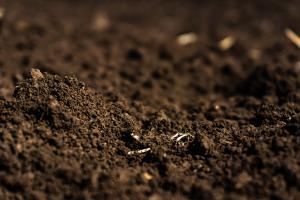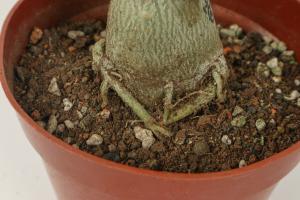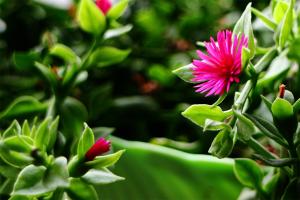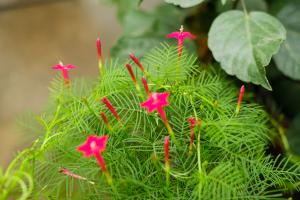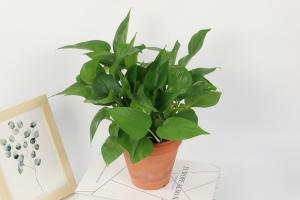What Type of Potting Soil for Snake Plant?
Snake plants, also known as sansevieria, are a popular choice for houseplants due to their hardy nature and attractive foliage. However, in order for them to thrive in a pot, it is important to choose the right potting soil. In this article, we will discuss the best type of potting soil for snake plants so that you can enjoy healthy and beautiful plants in your home or office.
Well-Draining Soil
One of the most important factors to consider when choosing potting soil for snake plants is its drainage. These plants do not like to sit in water, as this can lead to root rot and other health problems. Therefore, it is crucial to choose a well-draining soil that will allow excess moisture to flow through and away from the roots. A good choice is a mix of perlite, sand, and peat moss, which will provide both drainage and moisture retention.
Loose and Airy Texture
In addition to drainage, snake plants also need a potting soil that is loose and airy. This will allow the roots to breathe and grow freely, promoting healthy growth and development. A good option is a soil blend that includes vermiculite, which is a natural mineral that helps to improve soil structure and air circulation. You can also add some coarse sand or bark to the mix to increase porosity and prevent compaction.
Neutral to Slightly Acidic pH
The pH level of your potting soil can also have an impact on the health and growth of your snake plant. Ideally, the soil should be neutral to slightly acidic, with a pH range of 6.0 to 7.5. This will ensure that the plant can absorb nutrients from the soil and avoid any nutrient deficiencies or toxicities. You can check the pH level of your soil using a test kit or by sending a sample to a lab for analysis.
Organic Matter and Nutrients
Finally, it is important to choose a potting soil that contains adequate organic matter and nutrients for your snake plant. Organic matter, such as compost, will provide important nutrients and trace elements that your plant needs to grow and thrive. Additionally, you can add a slow-release fertilizer to the soil to provide a steady supply of nutrients over time. Avoid using high-nitrogen fertilizers, as these can lead to excessive foliage growth at the expense of flower and root development.
Conclusion
In conclusion, choosing the right potting soil for your snake plant is key to ensuring its health and growth. Look for a well-draining soil that is loose and airy, with a neutral to slightly acidic pH and plenty of organic matter and nutrients. By providing the right growing conditions, you can enjoy beautiful and healthy snake plants in your home or office for years to come.

 how many times do yo...
how many times do yo... how many planted tre...
how many planted tre... how many pine trees ...
how many pine trees ... how many pecan trees...
how many pecan trees... how many plants comp...
how many plants comp... how many plants can ...
how many plants can ... how many plants and ...
how many plants and ... how many pepper plan...
how many pepper plan...